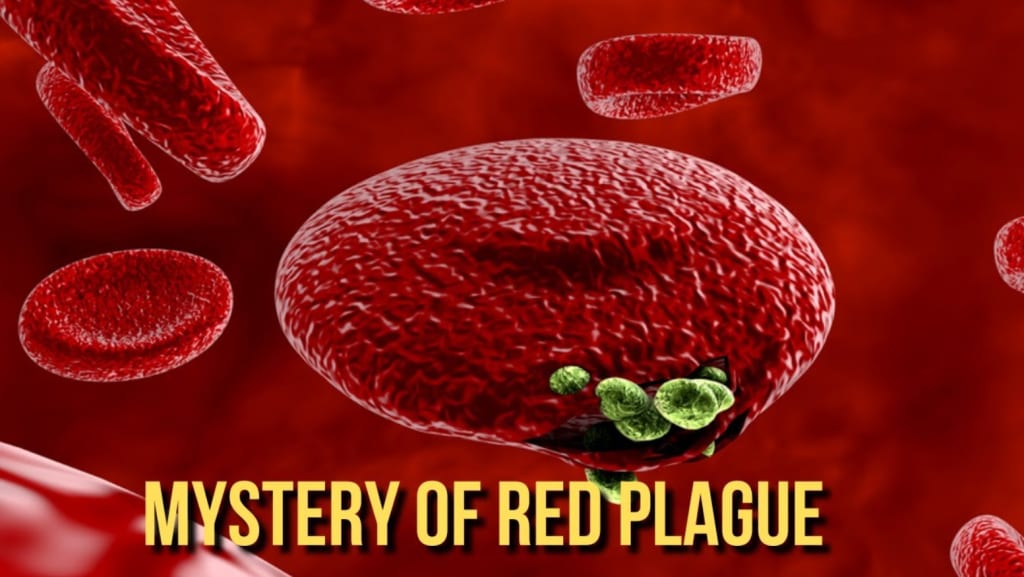
For 3,000 years, a deadly virus wreaked havoc on Earth. The disease inflicted by this virus was so excruciating and perilous that those infected had a 30% chance of succumbing to it. One in every three persons affected met their demise. Survivors bore permanent scars on their bodies, their faces marred forever by disfiguring pockmarks. Many suffered permanent blindness. When this disease swept through Japan in 1735, it decimated one-third of the country's population. When European colonizers introduced it to Mexico and America in the 1500s, it claimed the lives of 90% of the native tribal population. In 18th-century Russia, one in every seven children born fell victim to this disease, leading to mass fatalities. Many empires and civilizations throughout history were obliterated by this silent killer. It is estimated that this virus claimed 5 million lives annually, totaling 500 million deaths over a century.
Contrastingly, the recent Covid-19 pandemic appears minor in comparison. This virus was known by many names throughout history: Speckled Monster, the Red Plague, Pox. In India, it was referred to as Mata Lagna, meaning "afflicted by the Goddess." Yet, perhaps the most universal name for it was Smallpox.
Interestingly, during the 1700s, amidst global devastation, there existed a peculiar village in England where farmers seemingly possessed immunity against this scourge. This anomaly perplexed many; it was as if the farmers held a superhuman shield against the virus.
Smallpox, caused by the Variola virus, was highly contagious and spread rapidly among populations. Belonging to the Orthopoxvirus family, it shared its lineage with viruses like Monkeypox and Cowpox. Spread through respiratory droplets, saliva, contaminated surfaces, and direct contact with infected individuals or materials, its initial symptoms mimicked those of common colds and coughs. However, distinctive rashes soon appeared, evolving into painful boils known as "Fafole" in Hindi, which covered the face and body, causing disfigurement.
Approximately 8-16 days after infection, accompanied by headaches, vomiting, fever, and the distinctive rash, death could occur, with a mortality rate of 30%. Children were disproportionately affected, with even higher mortality rates. The origins of this disease remain unclear, but it is speculated to have emerged around 10,000 BC, potentially originating from early human interactions with domesticated animals, where Orthopox viruses naturally reside.
Ancient evidence of Smallpox dates back to 1156 BC, observed on an Egyptian mummy displaying characteristic facial scarring. Mentions of the disease are found in ancient Indian and Chinese texts, such as the Sanskrit text Susruta Samhita from the 6th century BC. Despite millennia of its existence, modern medicine never found a cure. However, ancient observations of immunity spurred practices like inoculation.
Inoculation involved intentionally infecting individuals with a small dose of the Smallpox virus, derived from scabs of infected persons. Originating possibly in India or China around the 11th century, inoculation aimed to induce a mild form of the disease, granting subsequent immunity. While effective in reducing mortality compared to natural infection, it carried risks: a 1%-2% mortality rate and potential for spread.
The breakthrough came in 1796 when Dr. Edward Jenner, in rural England, discovered a potential solution. He observed that individuals infected with Cowpox, a milder Orthopox virus from cows, seemed protected from Smallpox. In a daring experiment, Jenner inoculated a young boy named James Phipps with Cowpox pus. After the boy recovered, Jenner exposed him to Smallpox, confirming immunity. This marked the birth of vaccination, derived from the Latin "Vacca," meaning cow.
Despite initial skepticism and opposition from religious and medical quarters, Jenner persisted. He published his findings in 1798, laying the foundation for widespread acceptance. Vaccination proved safer than inoculation, with negligible risk and lasting immunity. Governments gradually mandated vaccination, starting with England in 1853, spurring initial anti-vaccine sentiments.
The challenge lay in distributing the vaccine globally, especially to regions lacking Cowpox. Jenner devised methods like transporting dried Cowpox material via strings and glass tubes, even using children as carriers aboard ships. By 1802, vaccination had reached India through these methods, yet widespread coverage lagged, leading to a devastating outbreak in 1974.
In response, India intensified efforts, adopting Freeze-Dried Vaccines and improving vaccination techniques. By 1975, India saw its last Smallpox case, achieving eradication through extensive vaccination campaigns. Globally, the World Health Organization (WHO) launched the Smallpox Eradication Program in 1958, culminating in the disease's global eradication by 1979.
Today, Smallpox remains eradicated, with only two secured samples existing for research purposes. Jenner's pioneering work not only saved millions but revolutionized global health, demonstrating the power of vaccines in combating deadly diseases. His legacy endures as a testament to human ingenuity and perseverance in the face of pandemics.
About the Creator
ava
The future belongs to those who prepare for it today
Enjoyed the story? Support the Creator.
Subscribe for free to receive all their stories in your feed. You could also pledge your support or give them a one-off tip, letting them know you appreciate their work.






Comments
There are no comments for this story
Be the first to respond and start the conversation.